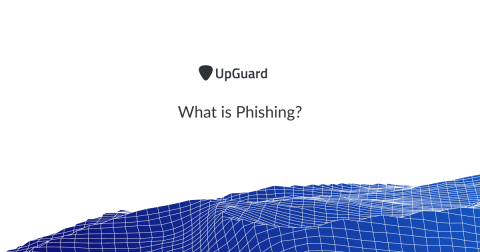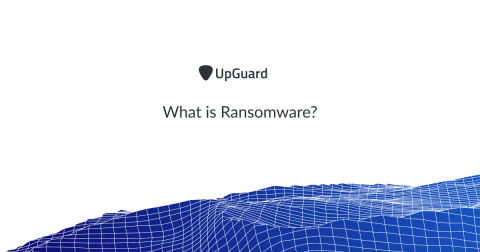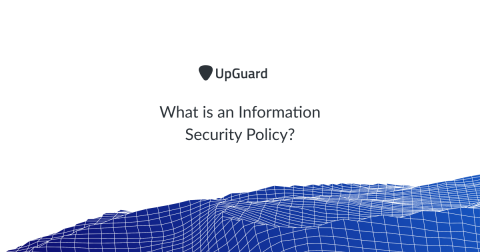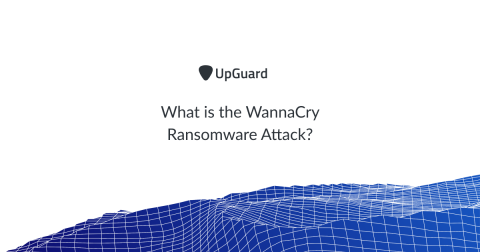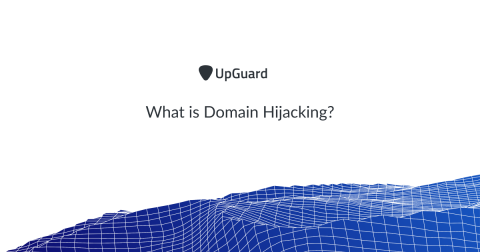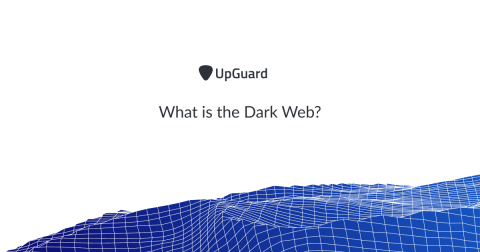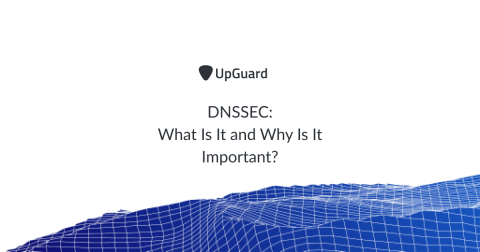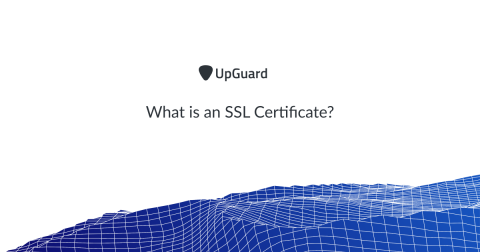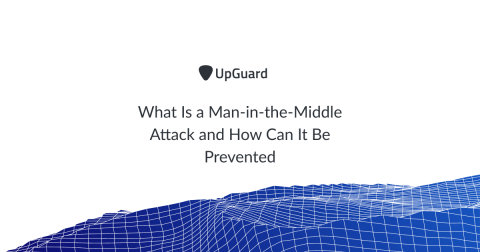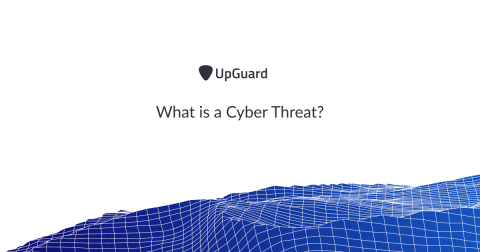What is Phishing?
Phishing is a cyber attack that gathers sensitive information like login credentials, credit card numbers, bank account numbers or other financial information by masquerading as a legitimate site. Personal information like social security numbers, phone numbers and social media account information are also common targets for cybercriminals who perform identity theft. Phishing scams trick victims by using social engineering to create a sense of urgency.


